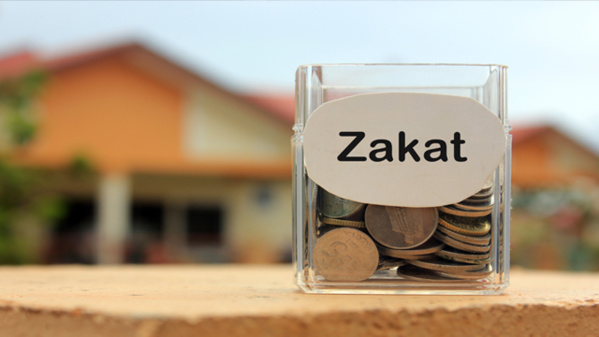In a significant move to adapt religious obligations to the realities of today’s economy, Morocco’s Higher Council of Ulema has issued a major new fatwa redefining the practice of Zakat in 2025. Approved by King Mohammed VI, the Commander of the Faithful, the ruling modernizes one of Islam’s core pillars by expanding its application well beyond traditional assets to include the diverse sources of income and wealth found in contemporary Moroccan life.
Rather than treating Zakat as a simple charitable donation or a type of voluntary generosity, the fatwa emphasizes that it is a mandatory act of faith—on par with prayer and fasting. It serves a dual purpose: purifying one’s wealth and supporting the most vulnerable in society. It is not to be confused with taxes or optional philanthropy. It carries deep spiritual meaning while playing a vital socio-economic role.
The obligation to pay Zakat hinges on two conditions: the assets must meet or exceed a defined threshold—known as the nissab—and must have been held for an entire lunar year.
What truly sets this fatwa apart is its expansion of what qualifies as zakatable wealth. It now encompasses six major categories that reflect Morocco’s diversified economy.
First, in agriculture, any crops intended for sale fall under Zakat. The rate is set at 10% for naturally irrigated crops and 5% for those requiring paid irrigation, with a minimum threshold of 653 kilograms.
Second, natural resources—including forestry, fishing, and other wild-harvested goods—are now included, taxed at 2.5% if their market value reaches the nissab.
Third, livestock is addressed with nuance. While traditional herds still follow classical rules, commercial livestock—including beekeeping and poultry farms—are subject to Zakat based on their net value.
Fourth, the commercial sector is squarely within the scope. This includes inventory, foreign currencies, stocks, and other trade goods. After deducting liabilities such as salaries, rent, and taxes, a 2.5% rate is applied to the net assets.
Fifth, industrial operations—across all sectors—are also included. Zakat applies to their products and remaining stock after relevant deductions.
But the most striking update lies in the sixth category: services. For the first time, all service-based income streams are covered. From healthcare and education to telecommunications, energy, banking, and intellectual property, as well as freelance professions, these are now subject to Zakat. After deducting Morocco’s minimum wage (3,266 dirhams per month), a 2.5% rate is applied to the net annual income.
To broaden accessibility and increase Zakat’s social reach, the fatwa recommends calculating the nissab based on the value of silver—approximately 7,438 dirhams—rather than the far higher gold benchmark of around 68,000 dirhams. This shift significantly expands the pool of eligible contributors.
The guidance also underlines the importance of transparency and fairness. Essential professional expenses and basic living costs must be subtracted before calculating what is due. For instance, someone earning 10,000 dirhams monthly would first deduct the annual living minimum of 39,192 dirhams, then apply the 2.5% rate to the remaining income—resulting in an annual Zakat payment of roughly 2,020 dirhams.
In terms of distribution, the fatwa upholds the eight categories of recipients outlined in the Quran but updates their application to reflect present-day realities. Priority is given to the extremely poor, the indebted, stranded travelers, and public interest initiatives. Immediate family members—like spouses, minor children, and dependent parents—cannot be recipients of the giver’s Zakat. Additionally, personal items that do not generate income are exempt unless sold.
What emerges from this fatwa is a comprehensive, thoughtful framework that aligns religious tradition with modern economic life. It not only clarifies the religious duty of Zakat but does so in a way that embraces Morocco’s evolving professional landscape, where income sources are increasingly intangible and varied.
By embedding the principle of solidarity into the heart of economic activity, the new Zakat framework strengthens social cohesion, clarifies moral and financial responsibility, and offers a model of religious engagement that is both rooted and forward-looking.
